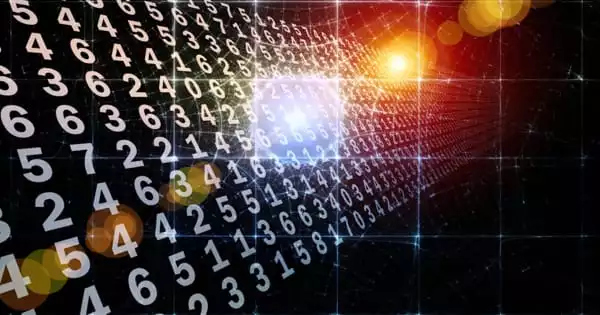Algorithms are simple steps for solving a problem given some input. Most people associate algorithms with searching, sorting, and graph theory, which is understandable given that the majority of books with the word “algorithm” in the title focus on solutions to those (theoretical) domains. Algorithms are used by programmers who create graphical user interfaces, investment applications, and embedded systems.
Evolutionary algorithms have existed for quite some time. They have traditionally been used to solve specific problems. The solutions that perform best on some metric, say, the ability to control a two-legged robot, are chosen and produce offspring in each generation. While these algorithms have had some success, they can be more computationally intensive than other approaches, such as “deep learning,” which has gained popularity in recent years.
Discovering the mechanisms of learning through synaptic plasticity is a critical step toward understanding how our brains work and creating truly intelligent, adaptive machines. Researchers propose a novel approach in which algorithms mimic biological evolution and efficiently learn through creative evolution.
In all of these scenarios, the evolutionary algorithms were able to discover mechanisms of synaptic plasticity and thus successfully solve a new task. In doing so, the algorithms demonstrated incredible ingenuity.
Dr. Jakob Jordan
Our brains are extremely adaptable. Every day, we form new memories, learn new things, and improve our existing skills. This is in stark contrast to today’s computers, which typically only perform pre-programmed tasks. Synaptic plasticity is at the heart of our adaptability. Synapses are the connecting points between neurons that can change depending on how they are used.
This synaptic plasticity is an important research topic in neuroscience because it is essential to learning and memory processes. Researchers in neuroscience and artificial intelligence (AI) are developing models for the mechanisms underlying these brain processes in order to better understand them and build adaptive machines. Such learning and plasticity models aid in understanding biological information processing and should allow machines to learn more quickly.

Algorithms mimic biological evolution
Researchers at the University of Bern’s Institute of Physiology have developed a new approach based on so-called evolutionary algorithms as part of the European Human Brain Project. These computer programs look for solutions to problems by simulating biological evolution processes, such as the concept of natural selection. Thus, biological fitness, which describes how well an organism adapts to its surroundings, serves as a model for evolutionary algorithms. The “fitness” of a candidate solution in such algorithms refers to how well it solves the underlying problem.
Amazing creativity
The newly developed method is known as the “evolving-to-learn” (E2L) method or “becoming adaptive.” The researchers, led by Dr. Mihai Petrovici of the Institute of Physiology at the University of Bern and the Kirchhoff Institute for Physics at the University of Heidelberg, tested the evolutionary algorithms in three different learning scenarios.
The computer had to detect a repeating pattern in a continuous stream of input without receiving feedback on its performance in the first case. In the second scenario, the computer received virtual rewards for behaving in a specific way. Finally, in the third scenario of “guided learning,” the computer was precisely told how much its behavior deviated from the desired one.
“In all of these scenarios, the evolutionary algorithms were able to discover mechanisms of synaptic plasticity and thus successfully solve a new task,” says Dr. Jakob Jordan of the University of Bern’s Institute of Physiology. In doing so, the algorithms demonstrated incredible ingenuity: “The algorithm, for example, discovered a new plasticity model in which the signals we defined are combined to form a new signal. In fact, we find that networks that use this new signal learn faster than networks that use previously known rules “Dr. Maximilian Schmidt of the RIKEN Center for Brain Science in Tokyo, co-first author of the study, emphasizes. The results were published in the journal eLife.
“We see E2L as a promising approach for deepening our understanding of biological learning principles and accelerating progress toward powerful artificial learning machines,” says Mihai Petrovoci. “We hope it will accelerate research on synaptic plasticity in the nervous system,” Jakob Jordan concludes. The findings will shed new light on how healthy and diseased brains function. They may also pave the way for the development of intelligent machines capable of better adapting to their users’ needs.















